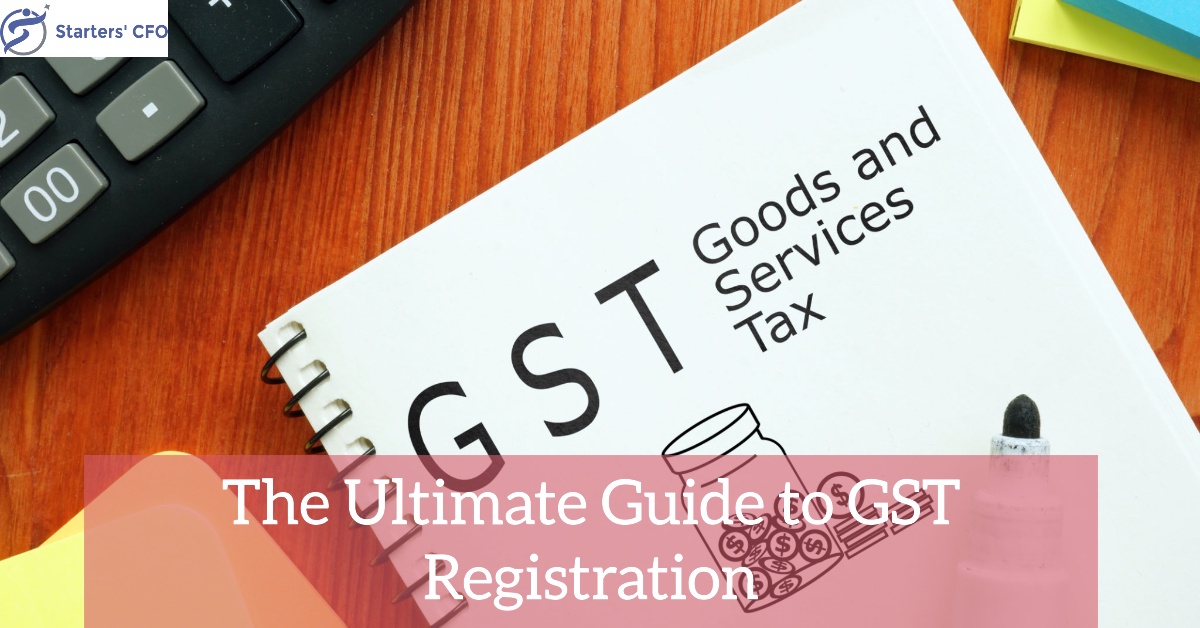Understanding Goods and Services Tax (GST)
In today's complex economic landscape, Goods and Services Tax (GST) is a crucial component of taxation. GST is a comprehensive indirect tax levied on the supply of goods and services at every stage of the supply chain, from manufacturer to consumer. This taxation system has replaced numerous indirect taxes like VAT, excise duty, and service tax, simplifying the tax structure and promoting ease of doing business.
Who Needs GST Registration?
Mandatory Registration
Goods and Services Tax Registration is mandatory for businesses whose aggregate turnover exceeds the prescribed threshold limit, which varies by state. Typically, businesses with an annual turnover exceeding a specified amount (as per the GST Act) must register under GST.
Voluntary Registration
Even if a business doesn't meet the mandatory turnover threshold, it can opt for voluntary registration. This can be advantageous, especially for businesses engaged in inter-state trade or those looking to avail benefits under the GST regime.
Benefits of GST Registration
Legitimacy and Compliance
GST registration lends legitimacy to your business operations. It also enables you to comply with the tax laws of the country, fostering trust among customers and business partners.
Input Tax Credit
Registered businesses can claim input tax credit, allowing them to set off taxes paid on purchases against their tax liability. This mechanism reduces the overall tax burden on businesses.
Access to Wider Market
GST registration is essential for businesses that wish to expand their market reach. It facilitates smoother inter-state trade, eliminating barriers that existed under the previous tax regime.
Legal Protection
Registered businesses enjoy legal protection under the GST laws. They are recognized entities in the eyes of the law, ensuring greater security and transparency in transactions.
Process of GST Registration
Documentation
To initiate the GST registration process, certain documents such as PAN card, proof of business registration, identity and address proofs of promoters, bank account details, and business address proof are required.
Online Application
GST registration is primarily done online through the GST portal. The applicant needs to fill out Form GST REG-01 and provide the necessary documents. The application is then verified by the GST authorities.
Verification and Approval
Once the application is submitted, it undergoes verification by the concerned tax officer. Upon successful verification, a GST registration certificate is issued to the applicant.
Post-Registration Compliance
After obtaining GST registration, businesses must comply with various GST provisions, including filing regular returns, maintaining proper records, and adhering to invoicing rules.
Conclusion
In conclusion, GST registration is not just a legal requirement but a strategic step towards fostering transparency, compliance, and growth in business operations. It opens doors to a wider market, enables cost savings through input tax credit, and ensures adherence to regulatory frameworks. Whether mandatory or voluntary, GST registration is essential for any business aiming to thrive in the competitive landscape of today.


No comments yet